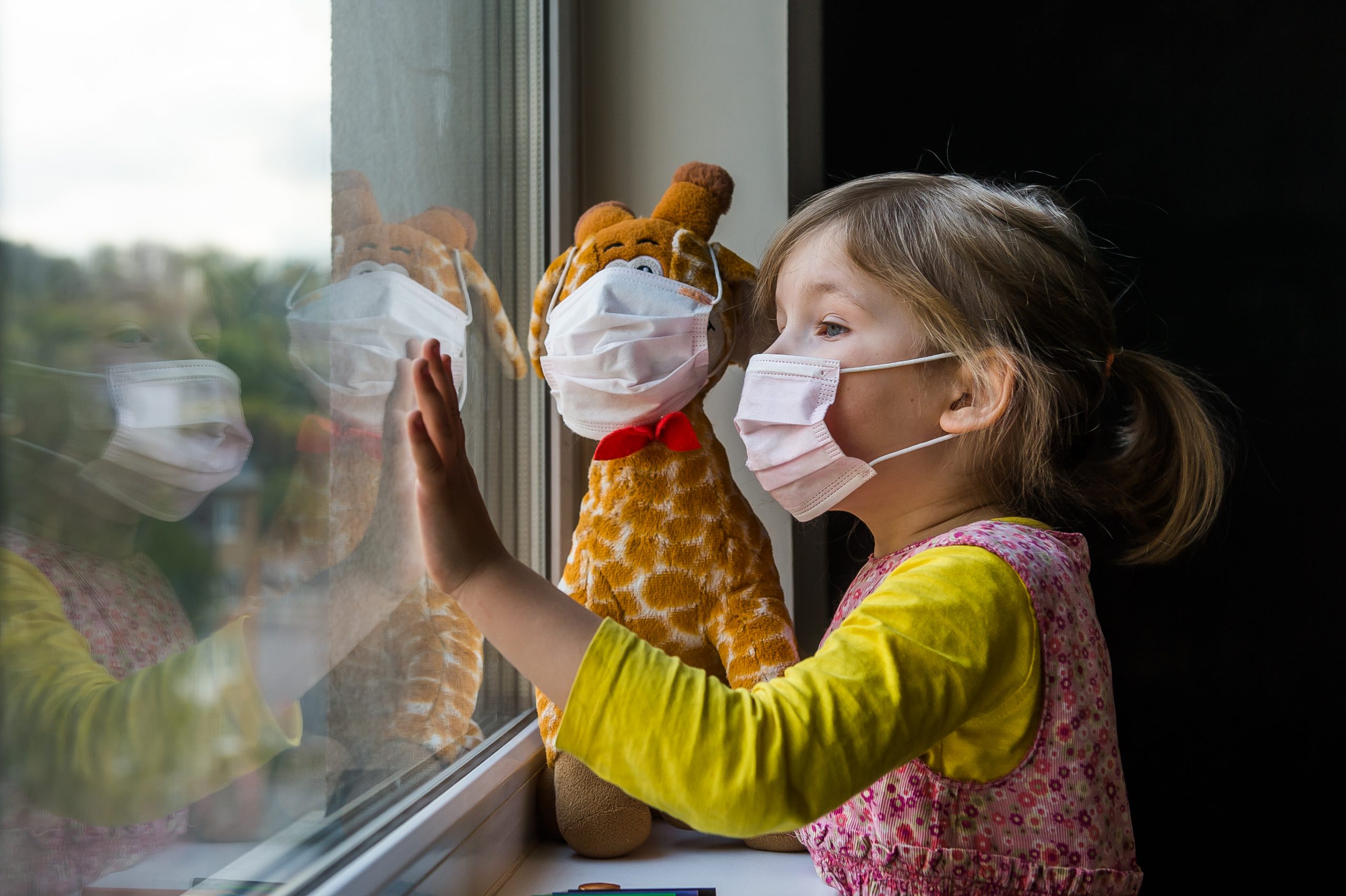Even before the pandemic, child poverty levels were already high in cities – often much higher than national averages, which is why many cities have already been finding innovative ways to combat it.
The longer this pandemic lasts, the devastating impact on children and families becomes more visible. The situation we see in our cities is very worrying. Child poverty is increasing as more families are losing their job or income, and inequalities are deepening.
But even before the pandemic, child poverty levels were much higher in cities, double or triple than the national averages, as shown by a recent Eurocities study conducted across 35 cities in 20 EU countries. This is due to the higher living costs in cities, especially the housing costs that are increasing year-by-year caused by the shortage of affordable housing in cities. For example, in Brussels the child poverty rate is 40% while the national average for Belgium is under 20%. Even in the richest EU countries, there are large pockets of child poverty. Take Sweden for example, whose national government took a stand against earmarking EU funding for child poverty claiming there is little to no child poverty in the country. It’s true that their national average is low, around 7-8%, but in big cities like Malmö, over a quarter of children live in poverty (25.5%). The reality is that every country and every city has pockets of child poverty. Not addressing this now, will make the pockets of poverty increase and lead to higher social polarisation. A lost generation of children is at risk, so we need to act fast!
What’s more, child poverty has a strong territorial dimension. Where a child is born can strongly impact their opportunities in the future. Children in the most deprived areas face a three to ten times higher risk of poverty than children in well-off areas. It is no news that due to increasing housing prices, families on lower income move to cheaper urban areas, resulting in large disparities between different parts of the same city. For example, in Ghent child poverty stands at 1.5% in wealthy areas and 31% in the poorest districts.
What this means is that children in deprived areas live far from a health clinic and sometimes even going to school or day care requires travel that many families cannot afford. Even in cities with a decentralised system of service provision, it is difficult to ensure the same quality of services in all areas of the city given the limited resources allocated to cities from the national budget. To protect children from poverty, it is vital to make services available to them in the area where they live by boosting investment in local services and infrastructure for children.
So what works to reduce child poverty in cities?
Child poverty needs to be addressed for what it is in fact, family poverty. It is not enough to focus on children in isolation from their parents, but support for the whole family is needed to break the intergenerational cycle of poverty. Improving the situation of children depends on improving the situation of their family, be it getting out of debt, or helping parents get a good job with fair pay or getting their home heated, renovated or connected to the internet. That is why many cities take on a holistic approach to address child poverty by giving support to the whole family. Take Ghent for example. The city has a specific family support team within the city’s social services and provides a living wage for the poorest households. The most deprived neighbourhoods in the city are given special attention. Through integrated ‘walk-in teams’ municipal services work together with healthcare, childcare and social services to reach out to vulnerable families and offer them counselling and support.
What works best is an integrated approach of working in local partnerships to connect all services and organisations working with children, from childcare, schools, to social and family services, health and sports providers, NGOs, to identify risks early on and design measures targeted to specific local needs. Take Leeds for example. The city’s child poverty strategy centres on ‘partnerships’ made up of children and young people, council directorates, schools, public sector, private sector, third sector and community representatives. These partnerships use their knowledge and expertise to investigate the impact of poverty on a specific area of children’s lives, and then work together to create projects that mitigate this impact.
But all this cannot be done without sufficient social investment at local level. Cities already invest considerable resources from municipal budgets in childcare and welfare family support services and they are committed to do even more. As part of the Eurocities initiative ‘Inclusive Cities 4 All’, 18 cities signed political commitments to increase support for children in need, together committing over €6 billion to this purpose. However, due to the pandemic crisis, cities are facing a higher demand for support from families with children, but our municipal budgets are shrinking. The reality is that local resources are no longer sufficient and need to be complemented by higher social investment in children from national and EU budgets. No government should be allowed to pass on the costs and burden of child poverty to cities without providing them with adequate financial means!
The only hope is that national governments will use the EU recovery funds to prioritise social investments, and not forget about our children. That’s why we need to ensure that the upcoming EU Child Guarantee will be an investment in children, nothing more, nothing less!
__________________________________________________________________________________
**DISCLAIMER: All opinions in this article reflect the views of the author, not of COFACE Families Europe**
About the author:
Bianca Faragau-Tavares is a Senior Policy Advisor at Eurocities, coordinating the collaboration of 191 cities in social affairs, including a recently created working group of 50 cities working together on policies for children and young people.





